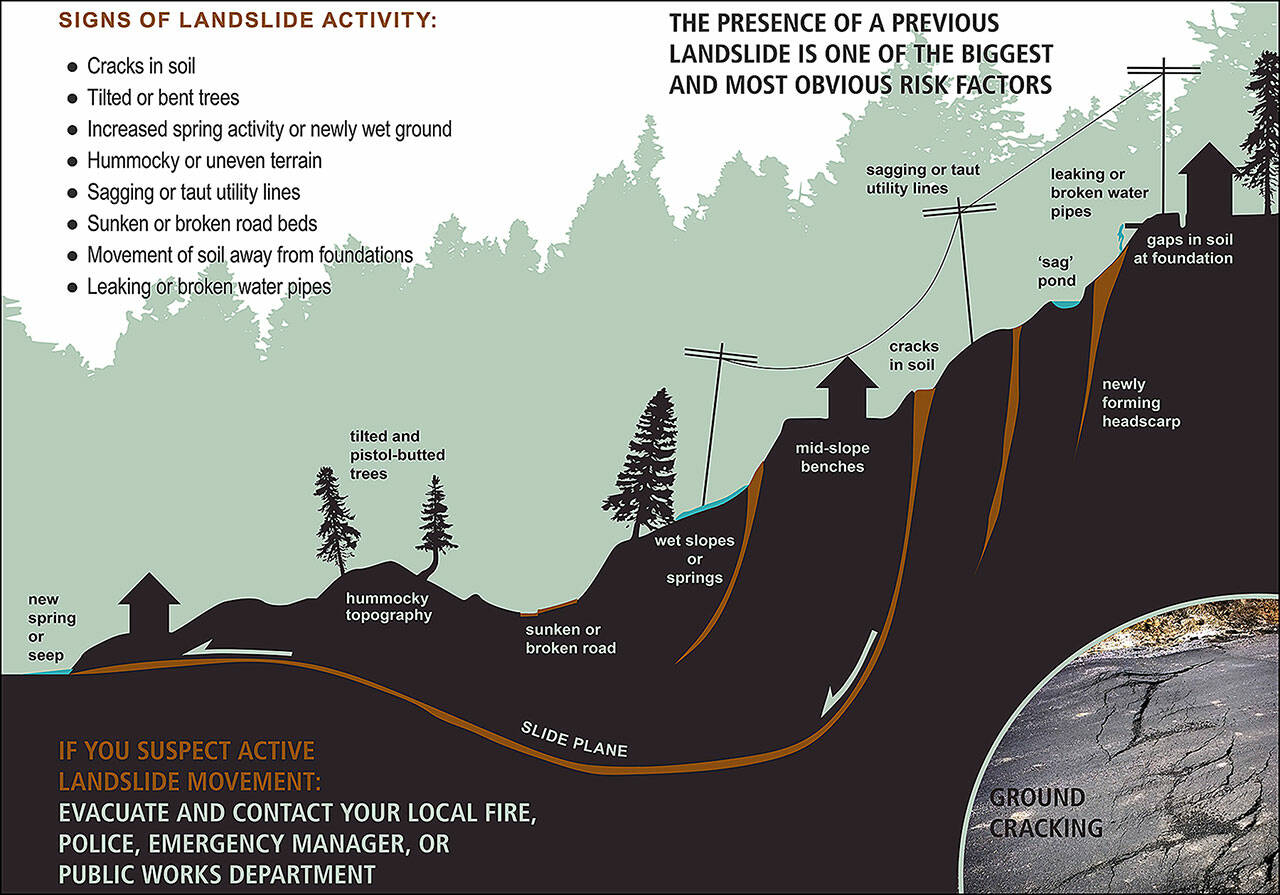VashonBePrepared’s COVID emergency activation level was lowered to enhanced monitoring on March 11.
The next day, March 12, the current activation reached the two-year mark — by far the longest emergency activation in Vashon history. The VashonBePrepared units participating in the response include the Emergency Operations Center (EOC), Medical Reserve Corps (MRC), and the Community Emergency Response Team (CERT).
In next week’s edition, we plan a look back at our work during those two years, which relied on many other island nonprofits and businesses.
COVID Monitoring: Current Assessment
Overall, COVID risk conditions on Vashon have fallen to their lowest level since June of last year, just before the Delta spike, which was then followed by the Omicron spike. COVID cases continue to occur on the island but they have been in the single-digit range per week, much better than the 150 cases per week at the peak of the Omicron spike in January of this year.
COVID Monitoring: Looking Ahead
We are closely monitoring the so-called stealth-Omicron variant, sublineage BA.2. It is too early to assess the potential for a spike due to BA.2, but there’s concern that the new variant is significantly more infectious than the original Omicron strain.
• COVID cases have been trending up in multiple locations around the world, including Austria, Germany, Netherlands, France, Italy, China, and the United Kingdom. Several factors may be contributing to the surge of new cases, but most public health experts feel the BA.2 variant plays a significant role, combined with the relaxation of public health protections.
• For example, in the UK, almost half of new cases are from BA.2, up from 1% only six weeks ago, just as the UK’s last public health protection for COVID-19 (mandated isolation for positive patients) was removed.
• Europe tends to be a sentinel early warning indicator for COVID spikes in the United States. A big increase in COVID cases in European countries has preceded every major spike in the United States by two to four weeks.
• Currently, in the United States, new cases are down over 40% over the past 14 days, but the CDC estimates that 23% of cases are from the BA.2 variant, a rapid major increase from only 1% at the end of January.
On the vaccine front, both Pfizer and Moderna have applied for authorization for a fourth dose (or second booster) of their COVID vaccines. The submissions to the Food and Drug Administration (FDA) rely on data collected in Israel, which was an early adopter of a second booster shot for older people. It will take at least a month for the FDA to make a decision about the proposals. Pfizer requested authorization for those aged 65 and older. The Moderna request was broader and included all adults.
It’s Landslide Season: Three Action Steps for Home Safety
There have been multiple landslides in the last few months on Vashon. You might say it’s landslide season, brought on by lots of rain, soggy soil, and Vashon’s topography of hills of glacial deposits and shoreline bluffs. Roughly 80% of Vashon’s shoreline shows evidence of some landslide risk according to King County and state studies.
Here are three steps you can take to look for early warning signs of landslide risk.
1. Look for recent changes inside your house. Popping nails. Windows or doors that are hard to shut. Cracks in walls or floors. Seeping water in the basement or crawl space.
2. Take a few minutes to check around the outside of your house for clues. Soil pulling away from the house foundation. The recent removal of soil-stabilizing vegetation on your property. Recent excavation on a slope. A water seep or spring that’s new. Leaking or broken water, sewer, or gas lines.
3. Walk your neighborhood. Look for: Bent or leaning trees. Utility lines sagging or stretched tight by leaning utility poles. Cracks in the soil. Road subsidence or cracks. Nearby recent clearing of soil-stabilizing vegetation, or recent earthmoving work on a slope.
You want to be especially observant if there has been a lot of rain, or the geology in your neighborhood suggests a history of landslides. Contact a licensed professional for advice if you find any of these signs.
This brief checklist only gives you some very basic signs of potential landslide risk. There’s much more to know; more information to get started can be found at tinyurl.com/2w74x4uz and tinyurl.com/3y62zua9.
Latest Vashon COVID Statistics
Source: Public Health — Seattle & King County (PHSKC) and Vashon EOC. PHSKC adjusts statistics from time to time as data is refined during its quality control processes. These statistics may not include all recent Vashon cases, due to the lag in posting of data to PHSKC. Some home testing data may also be missing because there is no comprehensive system to collect it. Hospitalizations may include some patients who tested positive for COVID on admission for other reasons.
772 = Total COVID cases for Vashon residents since the pandemic began.
0 = New cases reported since the last weekly report (2 new cases in 14 days)
12 = Patients hospitalized since the pandemic began.
4 = Deaths since the pandemic began.
92.6% = percentage of Vashon residents age 5+ who have been fully vaccinated, compared to 84.8% of the total King County 5+ population.
72.0% = percentage of vaccinated Vashon residents age 12+ with booster shots.
62.8% = percentage of Vashon residents aged 5 to 11 with first doses of vaccine (58.6% have completed the series).
81.6% = percentage of Vashon residents aged 12 to 17 with first doses of vaccine (76.5% have completed the series).
For King County, the PHSKC dashboard for the last 30 days says people who are not fully vaccinated are:
2 times more likely to get COVID.
14 times more likely to be hospitalized for COVID.
21 times more likely to die of COVID.



